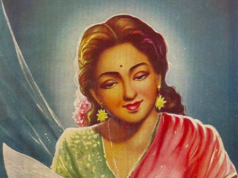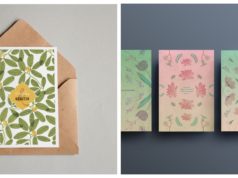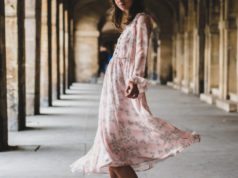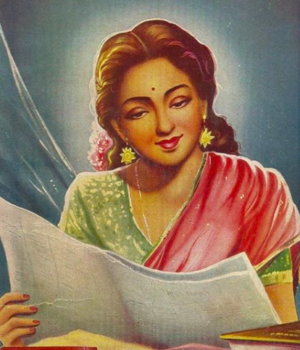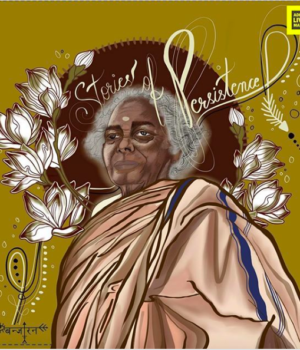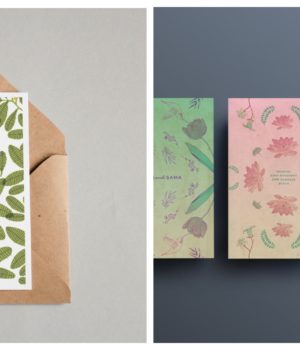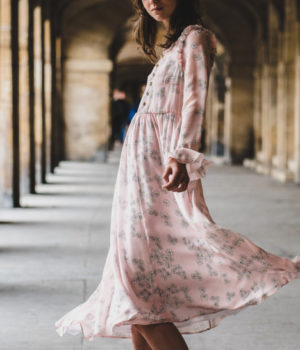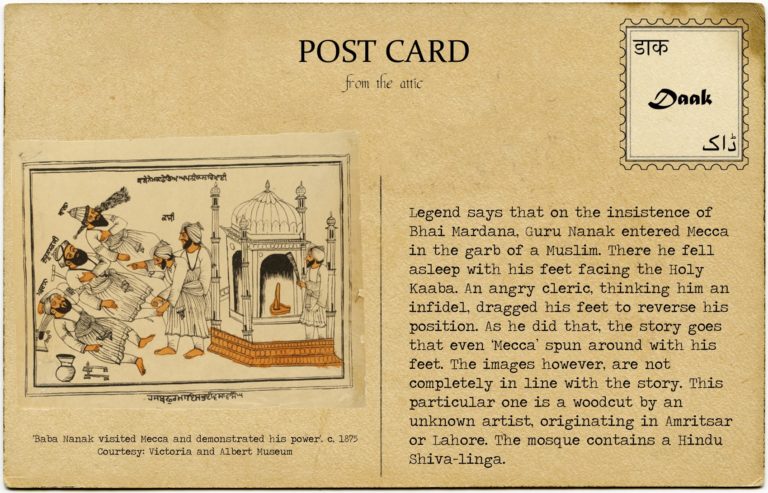
Handwriting; paper; postcards: it’s incredible how much intrigue and wonder they can bring to our small little worlds.
Yellow rectangular cards, blue airmail letters, white standard envelopes crowded with colourful stamps that speak of colourful places, people and stories farther away, and their messages, intimate and vibrant, contain a charm and a mystery that can simply not be replaced.
Daak, an initiative by Onaiza Drabu and Prachi Jha, attempts to bring a similar feeling of discovery and fascination to our lives. The duo share postcards bearing the stories of artwork and ideas from women and men who have shaped the Indian subcontinent’s cultural heritage. So far, readers have received interesting and compelling missives containing Urdu love poems, Kashmiri folktales, an instructional guidebook for Muslim women written in the early 1990s, and Sikh philosophy through art to name but a few.
We caught up with Onaiza and Prachi to learn more about them, and their passion for curating original artistic creations and celebrating the art of letter writing:
What inspired you to start Daak? Did either of you collect postcards when you were younger? Or had a childhood fascination with reading weird but wonderful stories about the subcontinent?

We both definitely enjoyed reading weird and wonderful stories in our childhood. This is what brought us together.
Onaiza: I was obsessed with stamps and had a huge stamp book with stamps from everywhere I could find. I also collect postcards from wherever I go, but I’m too scared to send them lest they get lost, which as I’ve realized, is a real possibility.
Prachi: I grew up in a house where I constantly heard stories — legends of Gods and demons, tales of heroes and warriors, and even stories of crazy grand uncles and prodigious children. My grandfather often wrote us letters and postcards from his travels, marking his observations, sharing poems or insights on people/places, or just giving advice on how to become a better person. I loved reading these!
We met at the Young India Fellowship (YIF) at Ashoka University and instantly connected over our love for Literature and nostalgia for the past. During the YIF, Prachi worked on an internship project with one of the Founders of Ashoka, which was similar to this idea. However, the project did not materialise. The idea stayed on and so did the desire to bring it to fruition.
Since we both are good friends and also have a keen interest in Literature and Art, we stayed in touch after YIF and frequently exchanged recommendations with each other. We were discovering so many new writers, poets and artists and also realising that there was a huge gap in our understanding of this region and the key figures/ideas that have shaped it.
A few years after YIF, we started discussing this project again and how we could revive it. So it just made sense for both of us to come together to work on Daak. We gave the project a new name, added the element of postcards, and tested out the concept with a group of friends and acquaintances. We now run a weekly newsletter that is delivered on the weekend, much like a digital Daak.
We love the stories, art and ideas shared on the postcards such as AK Ramanujan’s Love Poem for his Wife and the Bhojpuri sayings. How do you go about curating these stories and why is it important to share them?
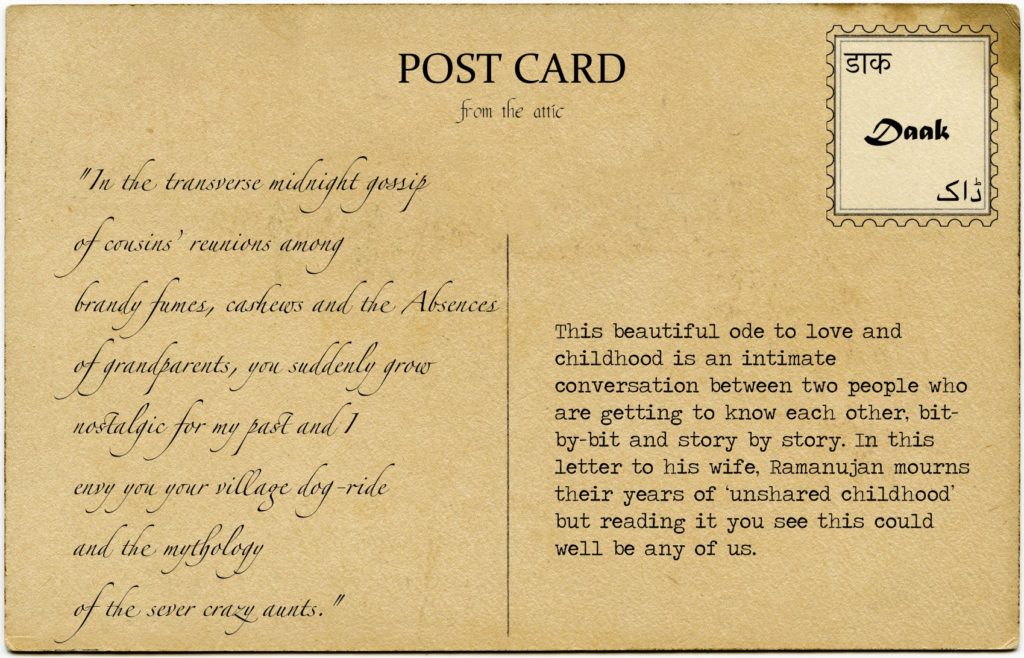
Thank you! Ramanujan is one of our favourites too 🙂
We send a weekly newsletter and each month we pick a theme or topic for these newsletters. We pick these themes months in advance, which gives us time to research and curate the content for the newsletters. We also get a lot of suggestions from our multilingual readers and well-wishers, especially when it comes to regional/folk art and literature.
We started with a bank of ideas and works we had already read. However, we are constantly reading and usually one piece points us to another and so on.
We don’t know if it is important to share these ideas and our objective is certainly not to “educate” people.
We feel that our identity (as South Asians) has been shaped by many known and unknown people, cultures, ideas, movements and struggles.
So, a big piece of the puzzle in making sense of our identity lies in the past. We are just trying to find these missing pieces.
Why choose postcards as the medium?
In this age of instant communication (and often, miscommunication), we believe that the patient, deliberate and thoughtful art of letter-writing and reading warrants some preservation.
The letter and postcard theme evokes nostalgia and adds a visual element to the content we cover. It also gives a small taste of the content to people who don’t have the time or inclination to read a longer piece. This ensures that there is something interesting for everybody in the daak they receive.
What has the response been like ?
The response has been incredible and we have been very surprised by the kind of people who are reading and enjoying daak, including young students, old, retired folks, Indians living in different countries, artists, academics and many others.
We often get mails and messages with words of praise and encouragement which is very heartening. We have also managed to build a community of very engaged and helpful readers who often help us with translations or suggestions for regional literature.
What’s next for Daak?
We have done a few events recently and are organizing one in Bombay on 21st April.
Events are a great way to reach out to a new audience and also to “experience” the content rather than just read it on your own. However, they are extremely time consuming and therefore, not going to be very frequent.
Right now, we are more focused on building a strong and engaged community of readers. Also, we get a lot of requests from people who wish to buy our postcards and so we will make them available for sale soon.
Our newsletters, however, will remain free. This is just our way of sending out letters to people who are as excited to explore this content with us.
For more information on Daak, visit their website and you can also follow them on Facebook and Instagram for an enthralling addition to your feed.
Interview by Pavi Sagar
Images Credit: Daak

